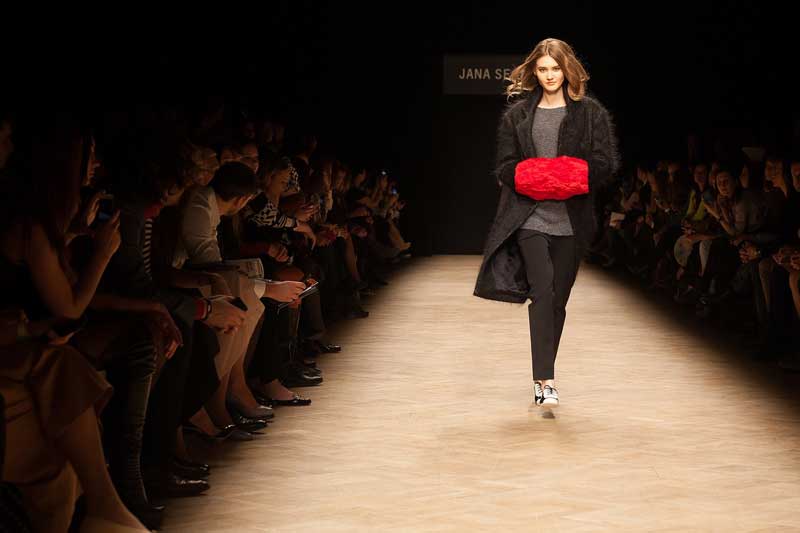I was in an office supply store the other day to get some copies spiral bound to be a fashion designer. While I was there waiting – about 30 min – I unknowingly started a very peculiar study.
To Be A Fashion Designer
After I had dropped off my copies I went to the back of the store where they had the office furniture on display. While I was looking around a gentleman started to ask me about the weather and other such small talk. Eventually, he started to inquire and make comments about the office furniture itself …” This set looks nice” … “I don’t know if this would hold up to my children”… “If I get this set can I get it installed in my home office For more informative blogs visit Ideal Writer.
Does your store provide that sort of service?” Politely I replied, “I’m sorry I don’t work here, I don’t really know…” Not even thirty seconds later a lady approaches and asks where the printer ink is to be a fashion designer. After I pointed and vocally communicated the direction of the ink, I thought to myself, that she must surely have heard my explanation to the other gentleman that I did not work there.
Not putting much weight on the incident and steeling my thoughts to other complexities I headed to the software section. It wasn’t 2 minutes that again a person came to me asking for something else. I started to wander the store thinking that if I simply don’t stand still then no one can ask me anything. Wrong; I was asked questions 4 more times.
The customers were actually migrating toward me and looking for ways to get my attention. At this point, I was getting annoyed and angry to be a fashion designer. I didn’t even have a name tag on, let alone one that said I worked at the store. I was wearing a very well-cut, beautiful dark blue, pin-striped, three-piece suit, with a bright white shirt and red silk tie; hardly the attire for a worker at this store.
Then it dawned on me. I had been asked more questions in the past 10-15 minutes than all of the other workers (with the exception of the cashier) in the store. Almost every customer currently in the store had, tried, or was trying to attempt to ask me a question. The fact that I didn’t have a name tag meant nothing to the customer. What mattered to them was that they had questions that they could not find the answers to by themselves.
They needed help, so logically and rather sub-consciously they sought out the one person that appeared to have the best capabilities of answering their questions to be a fashion designer. In this particular situation, the customer judged physical appearance over logical facts. They judged my suit to be a better indicator of my knowledge than the store attendant’s name tag and title.
To test this I decided to stand near the front of the store to see just how many people would ask me instead of the store employees’ questions about the products in the store to be a fashion designer. Within the next 10 or so minutes I witnessed all 5 of the next customers walk straight past one or more store employees in order to ask me instead.
So what can we determine from this? Well, two things actually. We, as a people, have subconsciously placed such a high value on the importance of physical appearance that we will actually give it more credit when determining criteria for knowledge than a name tag and title. We have learned to associate the higher class dress as evidence “the proof” as a result that the wearer must be knowledgeable and possess great skill.
It would be my observation that a Store Manager could better serve his customers by wearing a blue three-piece suit. This may also be why he chooses not to wear one – they actually don’t know anything and don’t want people to know.




